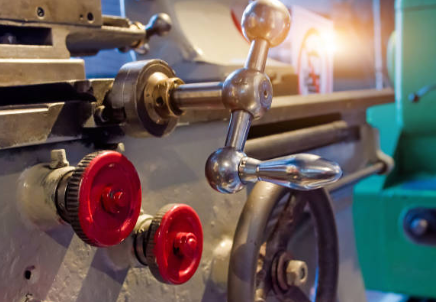Introduction
Chamfering machines are widely used in various industries for creating chamfered edges on workpieces. These machines play a crucial role in improving the quality and safety of products. However, to ensure optimal performance and accuracy, it is essential to measure chamfering machines correctly. In this article, we will provide you with a comprehensive guide on How to measure chamfering machines? effectively.
1. Measuring the Chamfering Angle
The chamfering angle is a critical parameter that determines the shape and size of the chamfered edge. To measure the chamfering angle, you can use a protractor or an angle gauge. Place the measuring tool against the chamfered edge and align it with the two adjacent sides. Read the angle measurement from the tool to determine the chamfering angle accurately.
2. Checking the Chamfer Width
The chamfer width refers to the distance between the two edges of the chamfered surface. To measure the chamfer width, you can use a digital caliper or a micrometer. Place the measuring tool on the chamfered surface and gently close it until it touches both edges of the chamfer. Read the measurement displayed on the tool to determine the chamfer width.
3. Verifying the Chamfer Depth
The chamfer depth is the measurement of how deep the chamfer cuts into the workpiece. To measure the chamfer depth, you can use a depth gauge or a height gauge. Place the measuring tool against the chamfered surface and adjust it until the tip touches the bottom of the chamfer. Read the measurement displayed on the tool to determine the chamfer depth.
4. Assessing the Chamfer Length
The chamfer length refers to the distance along the chamfered edge. To measure the chamfer length, you can use a ruler or a measuring tape. Place the measuring tool on the chamfered edge and align it with the starting and ending points of the chamfer. Read the measurement displayed on the tool to determine the chamfer length.
5. Evaluating the Surface Finish
The surface finish of the chamfered edge is crucial for achieving the desired quality and appearance. To evaluate the surface finish, you can use a profile projector or a magnifying glass. Place the chamfered edge under the magnifying tool and observe the surface for any irregularities, roughness, or defects. A smooth and uniform surface finish indicates a well-performed chamfering process.
6. Analyzing the Machine Stability
The stability of the chamfering machine is essential for accurate and consistent chamfering results. To analyze the machine stability, you can observe its vibration levels during operation. Excessive vibrations can lead to inaccuracies in chamfer dimensions and compromise the overall performance. Make sure to address any stability issues to maintain the machine's effectiveness.
7. Verifying the Machine Alignment
The proper alignment of the chamfering machine is crucial for precise chamfering. To verify the machine alignment, you can use alignment tools such as laser alignment systems or dial indicators. Align the tool with the chamfering head or cutting tool and check if it is parallel or perpendicular to the workpiece. Any misalignment can result in uneven chamfers or incorrect dimensions.
8. Measuring the Machine Speed
The machine speed significantly affects the chamfering process. To measure the machine speed, you can use a tachometer or an RPM meter. Attach the measuring tool to the machine's rotating part, such as the spindle or motor shaft, and read the speed displayed on the tool. Ensure that the machine operates at the recommended speed for optimal chamfering performance.
9. Checking the Machine Feed Rate
The feed rate determines how fast the workpiece moves through the chamfering machine. To check the machine feed rate, you can use a feed rate indicator or a stopwatch. Measure the time it takes for the workpiece to complete one cycle through the machine, and calculate the feed rate using the formula: Feed Rate = Distance Traveled / Time Taken. Adjust the feed rate as per the desired chamfering requirements.
10. Calibrating the Machine
Regular calibration of chamfering machines is essential to maintain accuracy and consistency. Follow the manufacturer's guidelines to calibrate the machine, which may involve adjusting various parameters, such as cutting tools, clamping mechanisms, or control settings. Proper calibration ensures that the machine performs optimally and produces precise chamfers.

